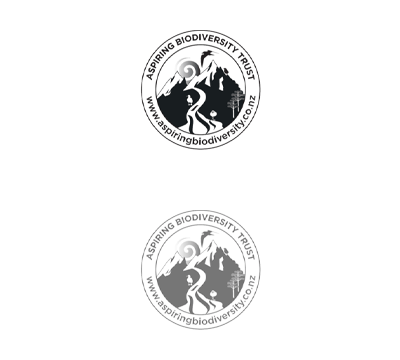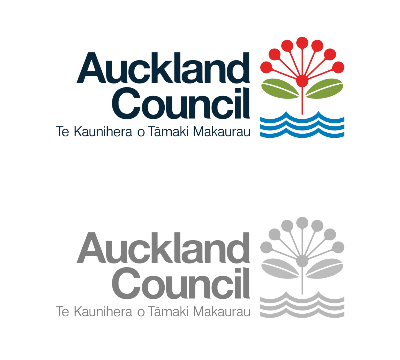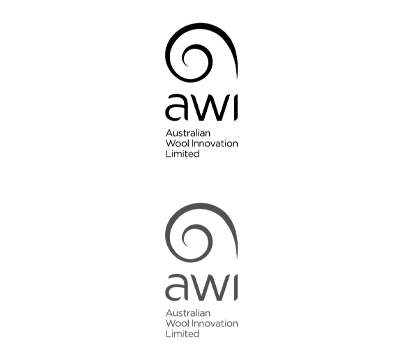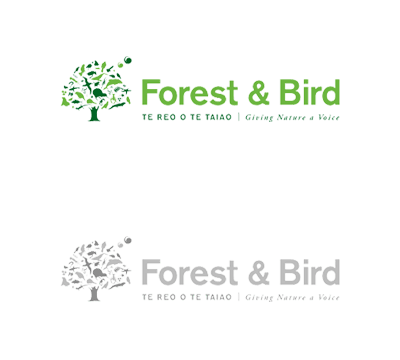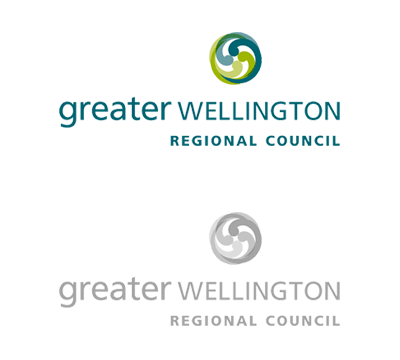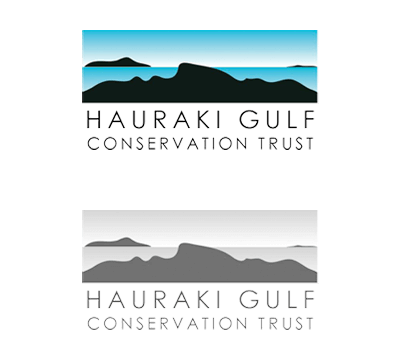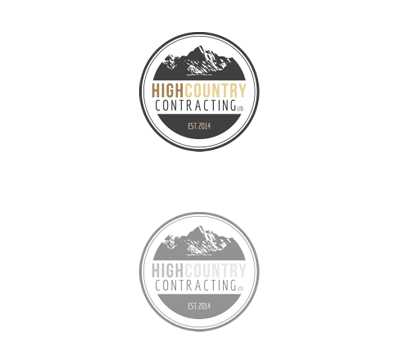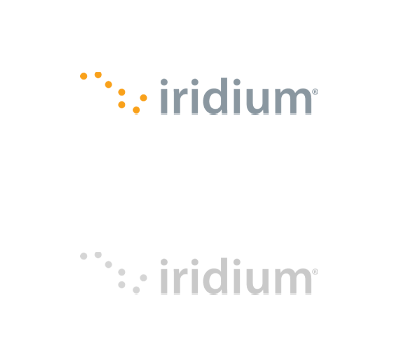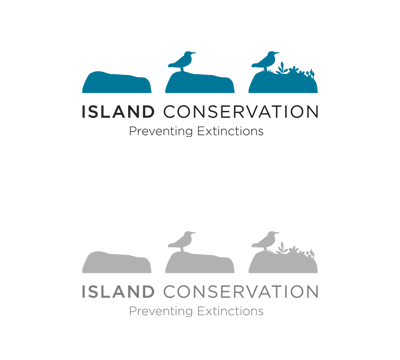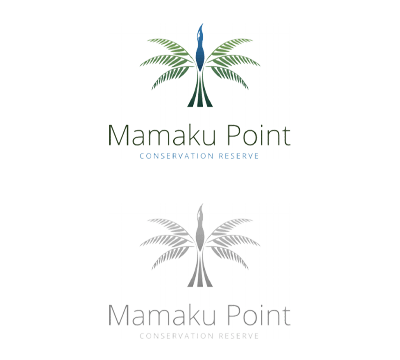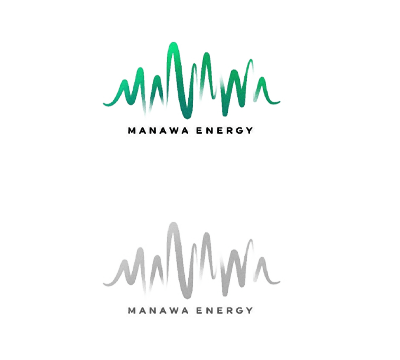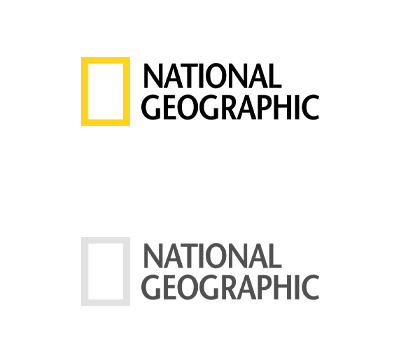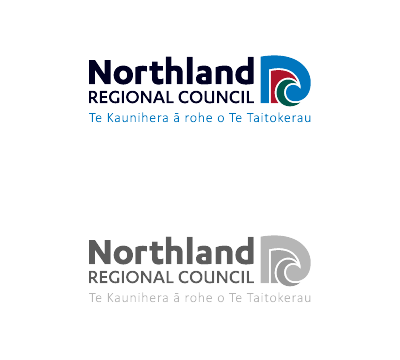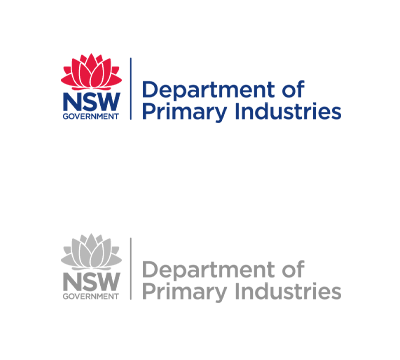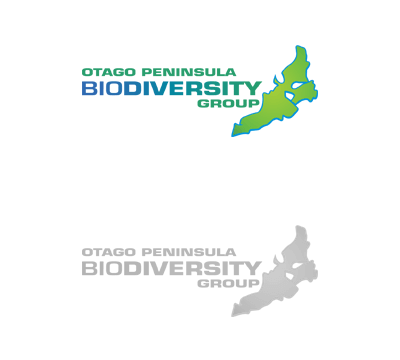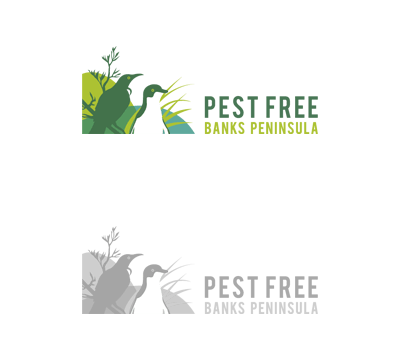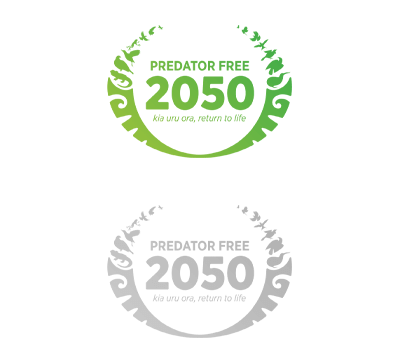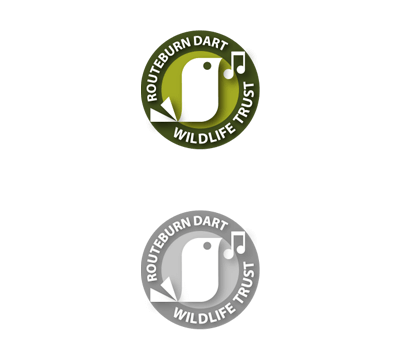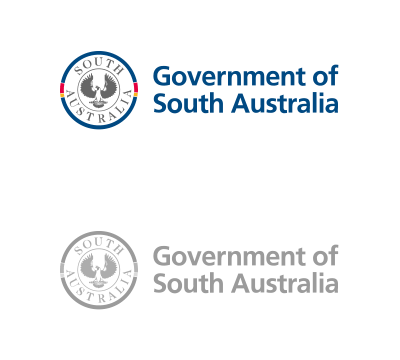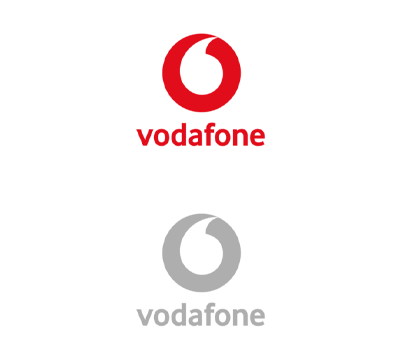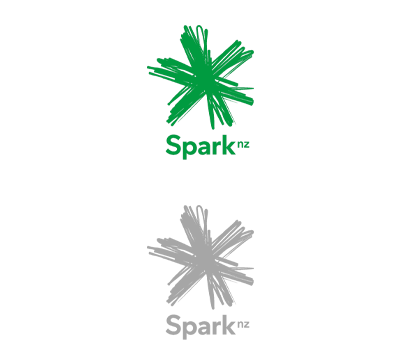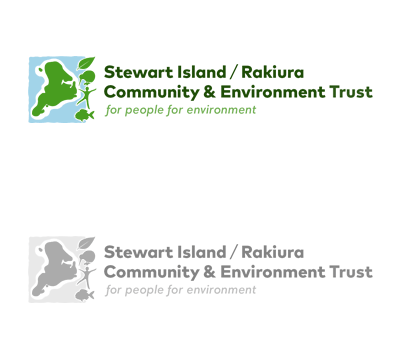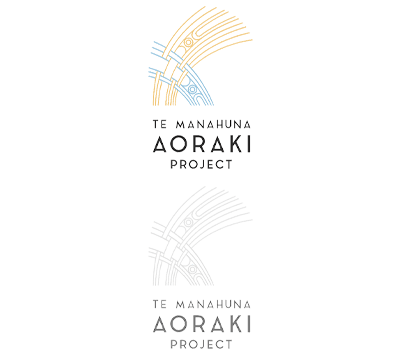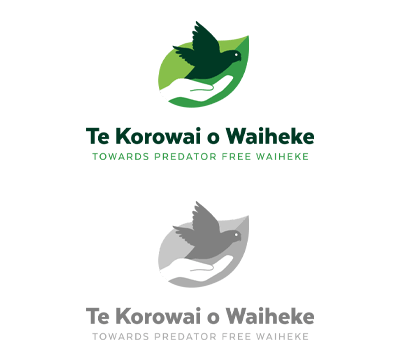Solutions
Celium _ Environment
Celium is specifically designed to operate efficiently and effectively in challenging and remote environments. Built to be robust and long lasting, environmental and meteorological data can be acquired from instrumentation and transmitted to the cloud in near real-time from just about anywhere. Celium is versatile enough to handle data from comprehensive weather stations, water quality sensors, air quality monitors in schools, through to temperatures at individual trap sites spread over hundreds of square kilometres.

Real-time environmental data
Celium is used in many different settings, for many different applications. Networks in remote alpine areas facilitate research and health and safety objectives by providing temperature information and snow depth measurements. Other uses include transmission of rainfall data on remote sections of highways to supplement risk assessments, monitoring stream water levels and turbidity as part of ecological studies, or alerting on elevated carbon dioxide levels in school classrooms. Real-time environmental data acquisition can be included in any Celium network, regardless of the principal monitoring objectives.
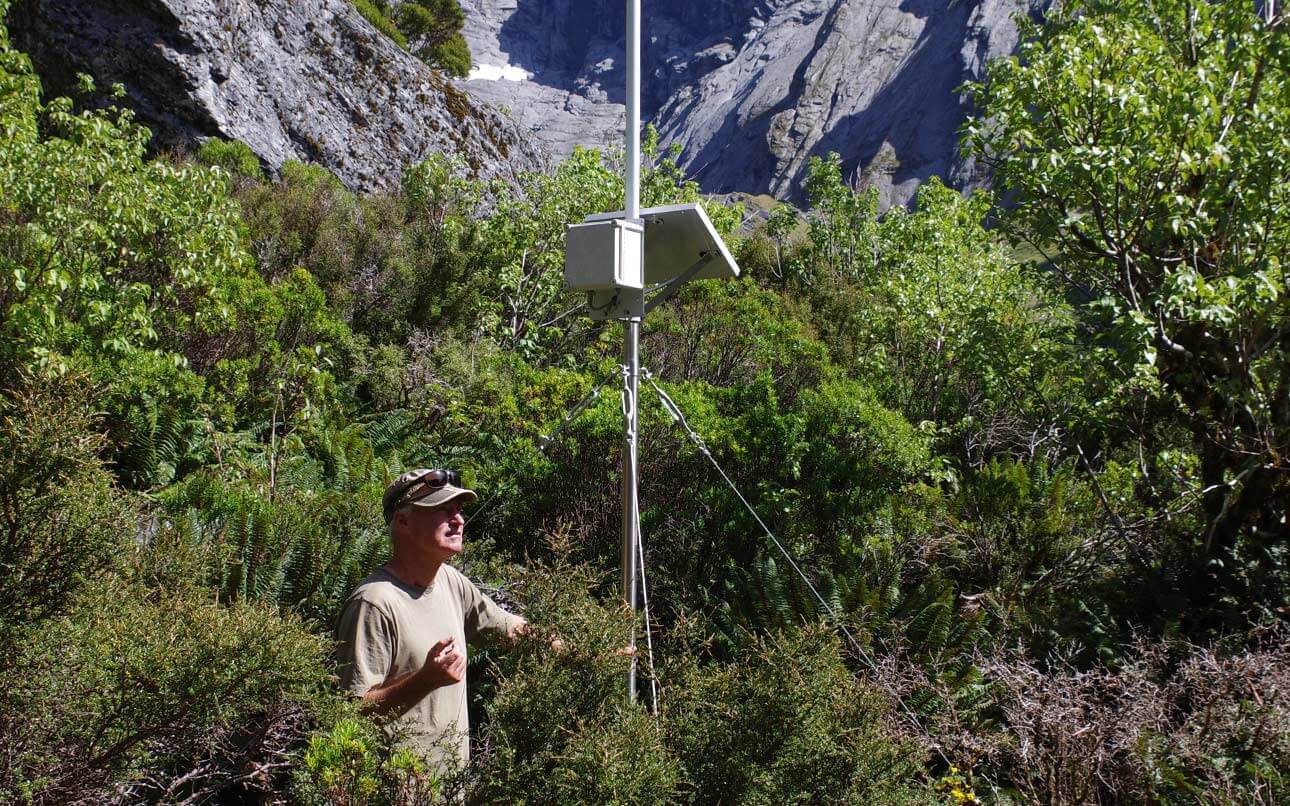
How does it work?
A wide variety of environment related parameters can be monitored using Celium wireless sensor networks. This is because many different types of instruments can be connected to Celium Nodes, including intelligent environmental sensors such as those that use the SDI-12 Serial Digital Interface. All data collected by the Celium networks are transmitted to, processed, and stored by the Celium Cloud solution. Any monitored parameter, for example, rainfall intensity or carbon dioxide concentration, can be used to trigger alerts and even activate alarms. Any instrument, say a weather station, can be deployed stand-alone or integrated into a wider network that monitors conditions, or assets, distributed over large topographically diverse areas. The deployment of Celium networks is supported by advanced radio coverage modelling to help optimise equipment placement and radio coverage in complex terrain.

What are the benefits?
- Adaptable – wide variety of parameters can be monitored to service research or business objectives
- Reduced risk – receipt of timely, scheduled, and event-driven data enables pre-emptive and more rapid responses
- Improved health and safety – real-time weather condition monitoring and alerting systems to reduce safety-related risks
- Cost-effective – a variety of customised and off-the-shelf monitoring solutions available to suit project budgets
- Remote area capability – cellular coverage and external power sources are not required
- Scalability – effective monitoring is possible over large and topographically challenging areas
- Portability – lightweight, battery powered equipment that is easy to deploy and relocate.
Applications
Celium was designed to deliver timely and cost-effective data insight over large areas, to multiple sectors. Acquisition of environmental data is often just a part of a project’s wider monitoring objectives, for example:
- Real-time CO2 monitoring to provide insight into the risk of indoor transmission of respiratory pathogens such as Covid and the adequacy of the ventilation environment;
- Real-time and site-specific weather condition monitoring can avert tragedy in alpine and other remote area situations where lives can be put at risk;
- Rainfall and potential flood water monitoring along remote stretches of road can provide early warnings to motorists and facilitate rapid mobilisation of maintenance crews;
- Monitoring the quality of water discharged from sediment ponds associated with construction projects; and
- Rainfall and soil moisture can be monitored in remote areas to assist the decision-making process for agriculture.
Want to know more about Celium _ Environment?
Encounter Solutions work with:

